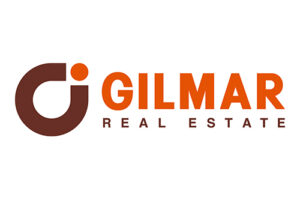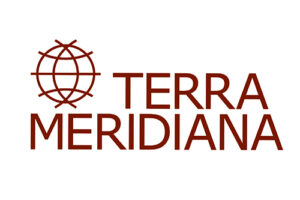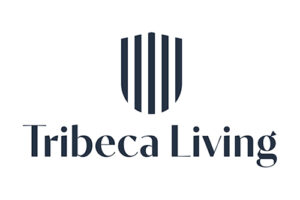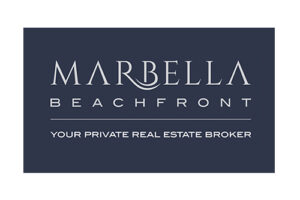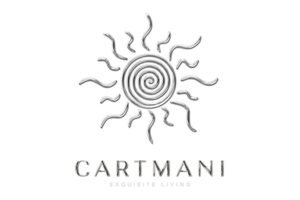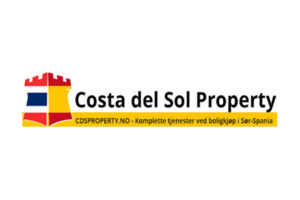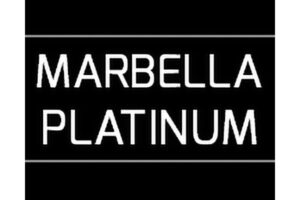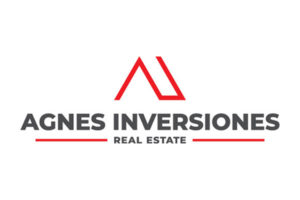The picturesque village of Gaucín sits just south of the Serrania de Ronda in the foothills of the Sierra del Hacho. The village itself is one of Andalucía’s most well-preserved and celebrated pueblos blancos with its whitewashed houses, steep, winding maizes of cobbled streets and alleyways and outstanding views.
Article by Victoria Wood
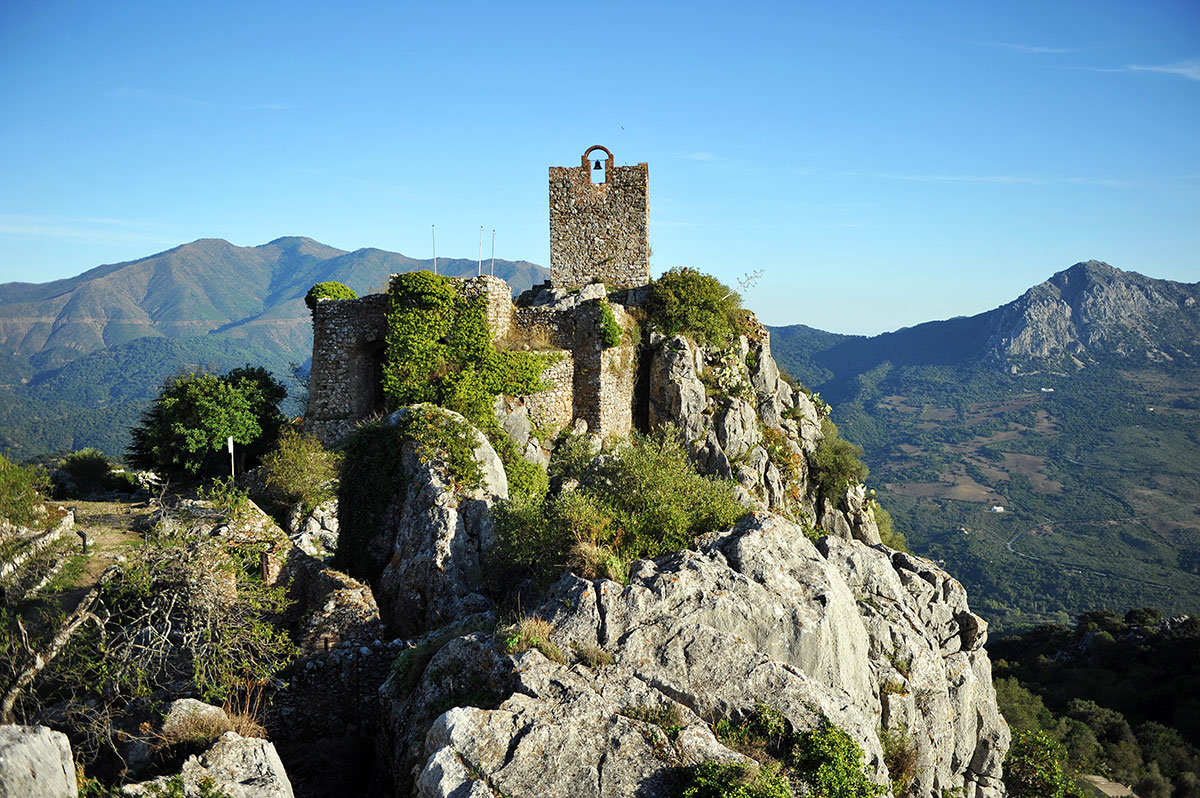
Gaucín is a truly remarkable village, one that has recently been hitting travel headlines as one of the hidden gems of Andalucía, that thankfully is not too crowded or overrun with tourists even in the height of summer. The way such villages were built in these mountainous regions beggars belief – how such intricate winding walkways and houses were constructed on the side of such steep inclines using only medieval technology and building materials is truly awe-inspiring. Having lived there personally I can vouch for the welcoming, jovial nature of the local folks and that the views from up there never get old!
The town has a deep and conflict-heavy history with many catastrophic upsets between Christians and Muslims causing major unrest during medieval times, followed by the French storming and taking the town during Napoleon’s invasion in 1810. There is still an annual celebration of sorts where locals don the French and Spanish costumery and recreate the taking of the town, but, more importantly, also mark the occasion of when the local bandoleros took Gaucín back from their French intruders.

Another local, annual tradition, synonymous with many historic towns in Spain, is the running of the bulls. In Gaucín the locals close off a section of the road through the town and in the main plaza release a manmade bull to chase the children around the town. They also set free (at a different time) real, live bulls for daring adults to take part in the running. Not a recommendation for animal rights activists, but during such festivities the bulls do not come to any physical harm, it is they who are doing the chasing and they are owned and cared for by local farmers who take them back to their pastures after the celebrations!
Though there is quite an expat community in and around Gaucín, it is subtle as the town itself remains predominantly Spanish, home to families who have dwelled there for generations. Traditionally, people from such villages do not venture far from their birthplace and after visiting Gaucín, you will understand why. Many of the foreigners who live here are the quieter types who tend to live on the outskirts of the village and beyond, rather than settle in the town centre. A large artistic community has been developed here both art-wise as well as musically. You will often come across live music being played in local nightspots and there are annual art fairs where you visit different pop-up galleries on a trail throughout the village. There are also farmers markets and artisan fairs held at various locations throughout the town.

The Castle
The legendary Castillo del Aguila, the castle that sits illuminated at night atop the highest point of the town, is a vast defence point strategically positioned with 360º views, as well as serving to protect the area it was once a monastery and there is still a lonely bell that one can toll once you’ve conquered the steep steps up to the castle.
Ancient Iberian ceramics have been found here and although it was the Romans who built the first castle on the site it is the Arabic ruins that can be seen today. The French had a moment of occupation, as did Curlist rebels, and it was once used as a refuge and hospital. Now, however, it’s the church that owns the Castillo del Aguila and its chapel which is still used for prayer. Open to visitors Wednesday – Sunday from 10.30 – 13.30 and 18.00 – 20.00.
The Church
In Cañamaque street, you will find the baroque-style parish church of San Sebastian, built in 1505 on the site of a mosque. Since then it was revamped during the 17th century giving the façade and bell-tower a renaissance appearance. Although it is of baroque style, its façade and bell tower have a renaissance air due to a major reshuffle in the XVII century.
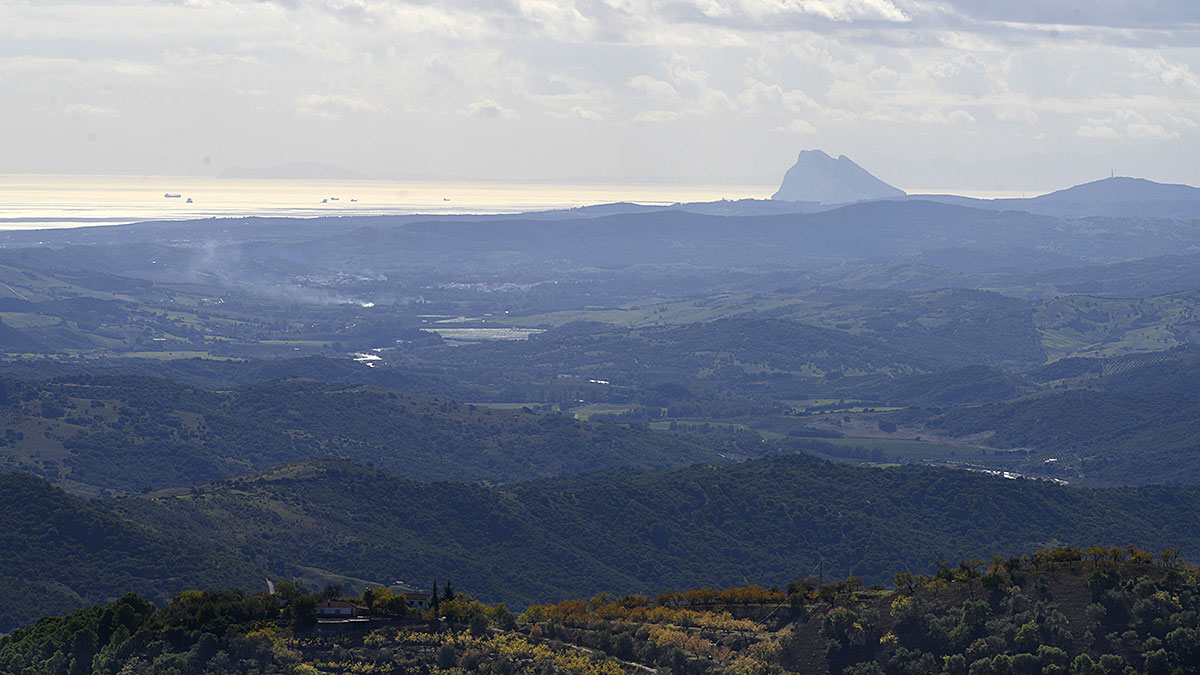
The Views
The views from Gaucín’s multiple lookout points (miradors) are second-to-none; on a clear day stretching as far as the rock of Gibraltar, across the Mediterranean to the coast of Africa. The stunning Sierra de Crestelina that borders the nearby village of Casares is yet another backdrop and down in the valley you can see the meandering curves of the Río Genal (Genal river). To the north you will find more mountains as the views from this town go all the way around, backing on to the Serenia de Ronda – the mountain range that hosts the famous city of Ronda.
The Swimming
Gaucín is approximately 30km from the sea so, rather than trekking down to the beaches, you can choose to cool off at the riverside ‘beach’ and swimming hole where the river Genal passes under the road. The pool is wide and deep and semi-dammed by locals every year. You can wade up or down river and experience some stunning countryside. Here there is also an annual festival called the Romería where horseback riders compete in traditional games and you’ll find live music, food and drinks being served for one day only as the horses tramp up and down and the people swim, dance and celebrate Romany traditions.
Back in town there is also a large municipal pool and tennis courts which are open to tourists as well as residents for a small fee. The pool is a short walk from the town centre, and is pleasantly surrounded with a grassy area and permanent parasols in place for spending a few hours relaxing and swimming during the summer months. Check locally for opening times as they often vary.
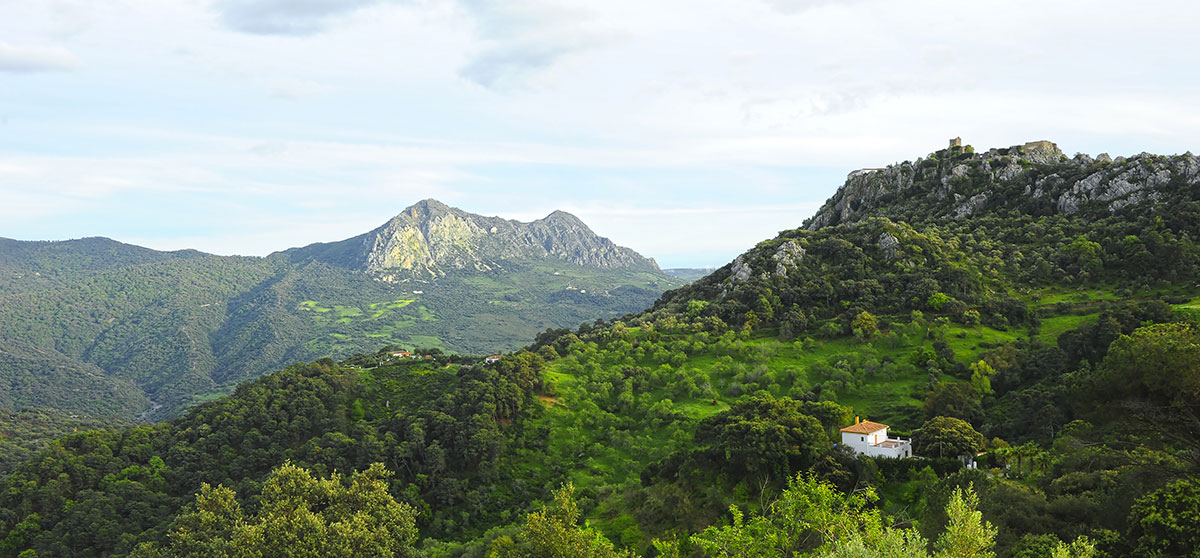
The Walks
One of the best ways to experience the natural beauty that surrounds Gaucín is on foot. There are countless walking trails and hikes but the best spot, in my humble opinion, is just outside the village where you can enter into and explore the vast forest. Check out this website which will give you all the information you need on the various walks available in and around Gaucín.
The Food
Culinary-wise Gaucín does not disappoint, there are plenty of restaurants to suit all tastes and budgets. From tapas-style and traditional Spanish fare to gourmet upscale venues, a bit of everything can be found dotted around the village, some featuring terraces with the most jaw-dropping views. To name but a few ‘must-try’ spots (click here to see a full, mapped out list with contact details) head to Paco Pepe (they do the best Berenjenas con miel) for real home-cooked Spanish fare and situated on a delightful cobble-stone plaza with fountain, Bar El Hacho (they make exquisite desserts) who offer incredible views from the terrace out the back as well as being a lottery ticket outlet! Bodeguita Chaparro, another typically Spanish menu, also offer breakfasts and outdoor seating across the road (the waiters are constantly dashing across the zebra crossing that unites the entrance with the terrace) with incredible views across the mountain ranges, valleys, rivers, and then coast and Mediterranean sea all the way to Morocco. Platero & Co. offer a first class dining experience delivering a very well-received, upscale Spanish cuisine-based menu and rustic, classy but cosy decor inside. Here you will kick yourself if you didn’t book (well in advance) one of the six terrace tables overlooking the northern mountain ranges – a view not to be missed.
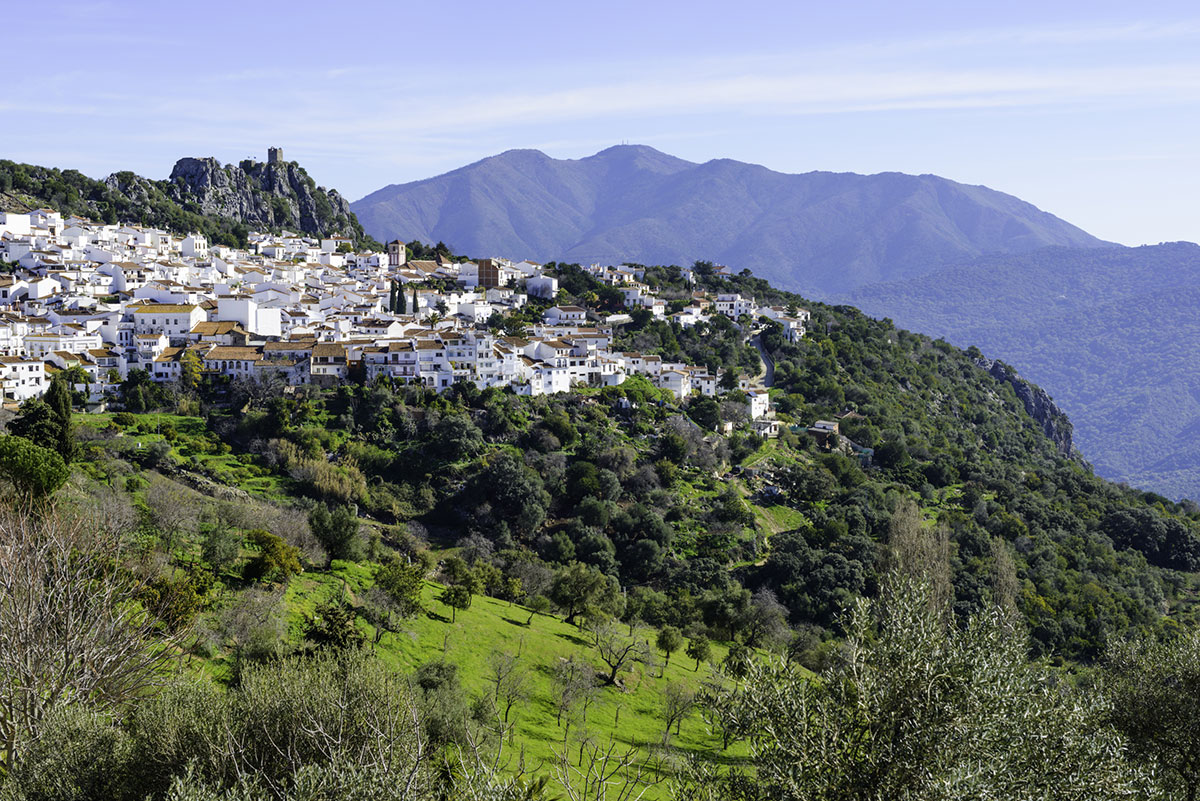
To access Gaucín from Marbella or Malaga direction take either the A-7 motorway or the N125 coastal road towards Cádiz and exit onto the A-377 towards Manilva, Casares, Gaucín. Journey time is approximately 1hr 20min to 1hr 50mins from Malaga airport and just 1hr from Marbella. From Gibraltar airport it is approximately a 50-minute drive









